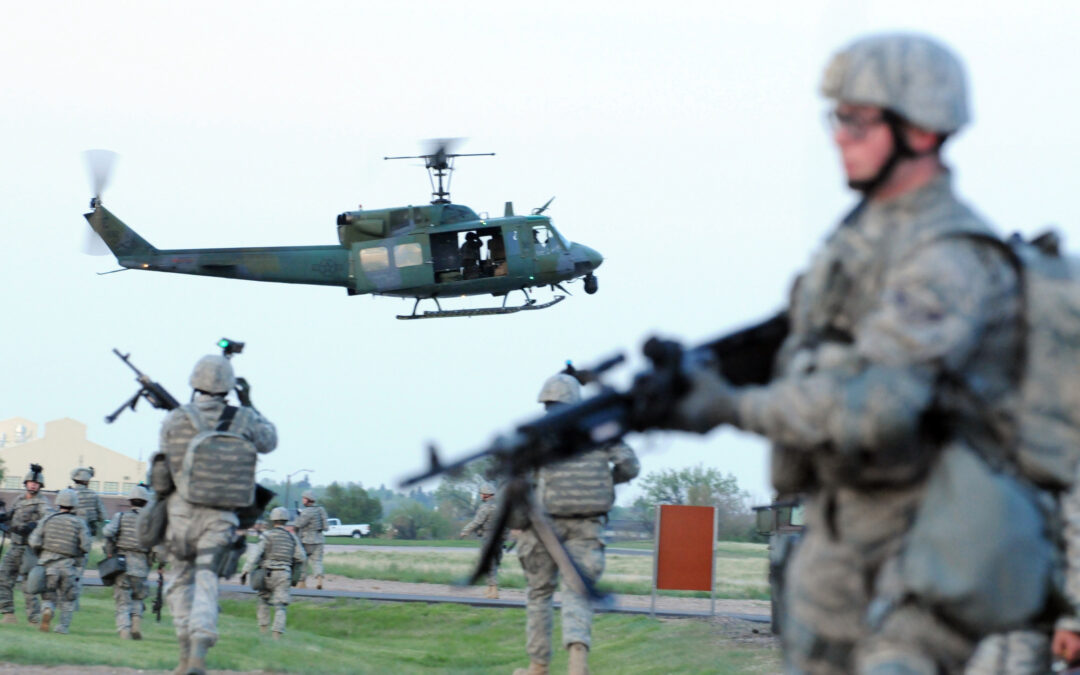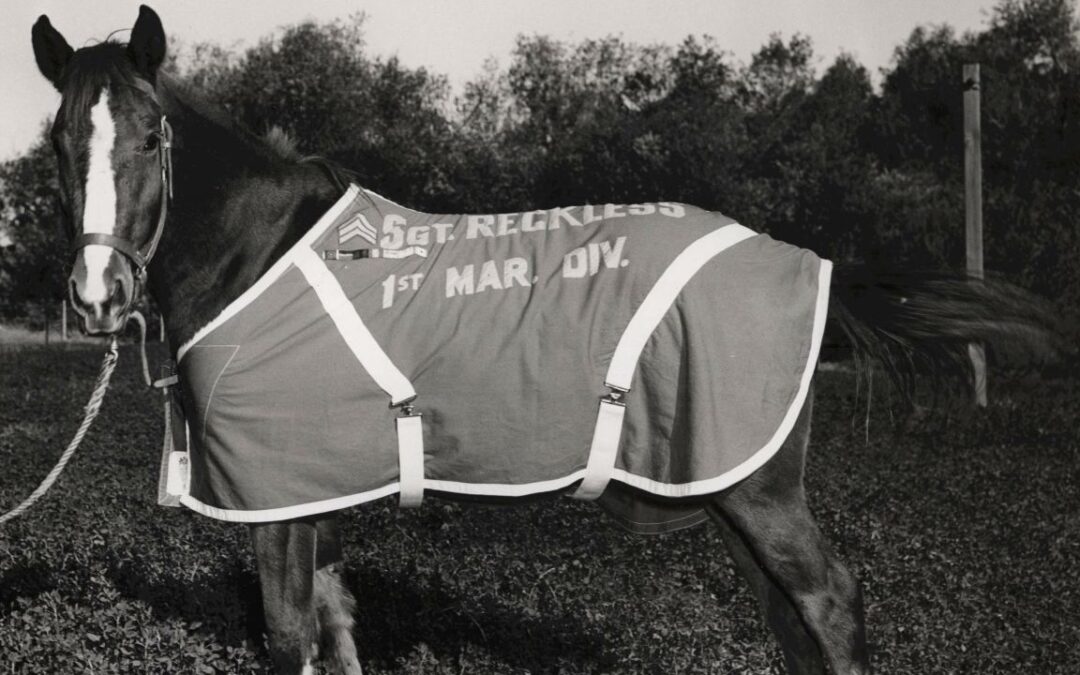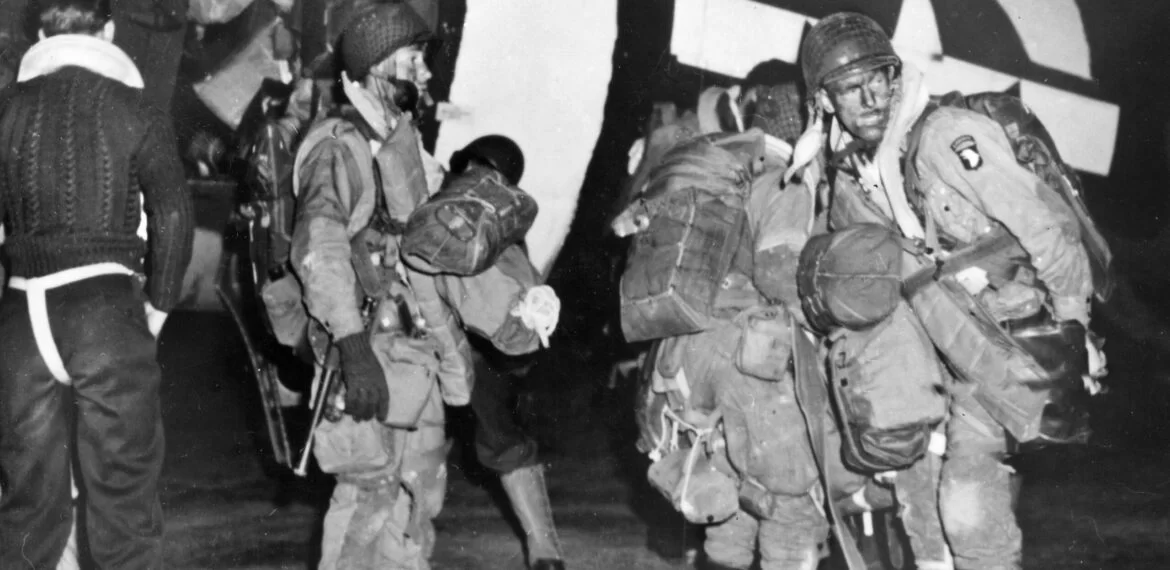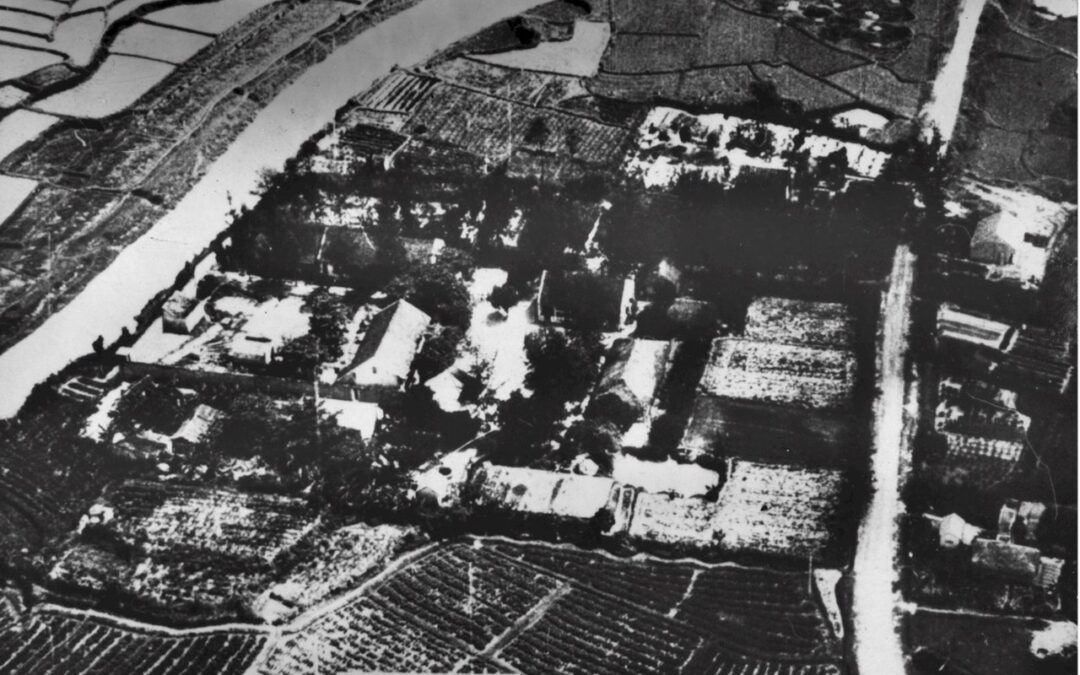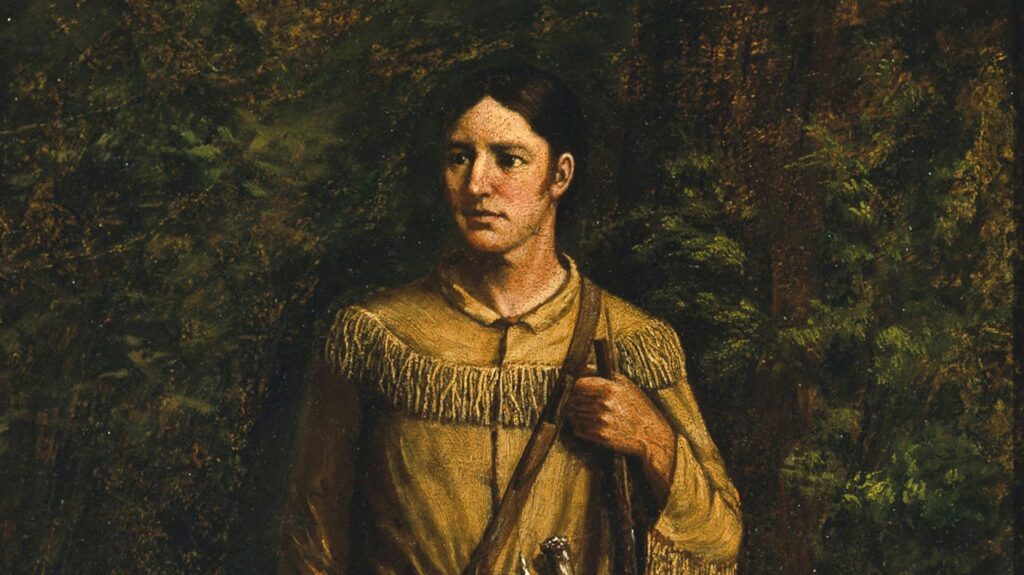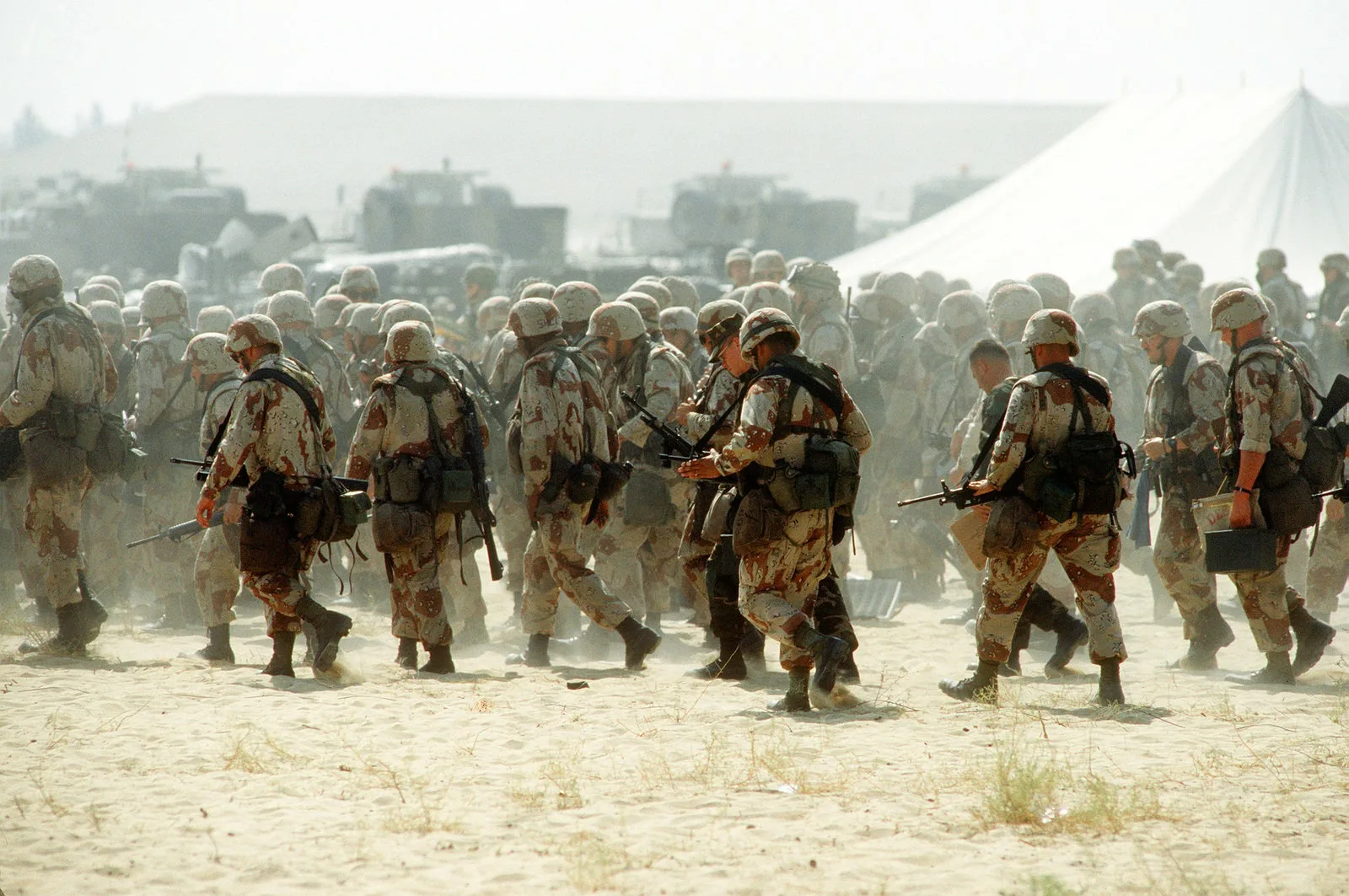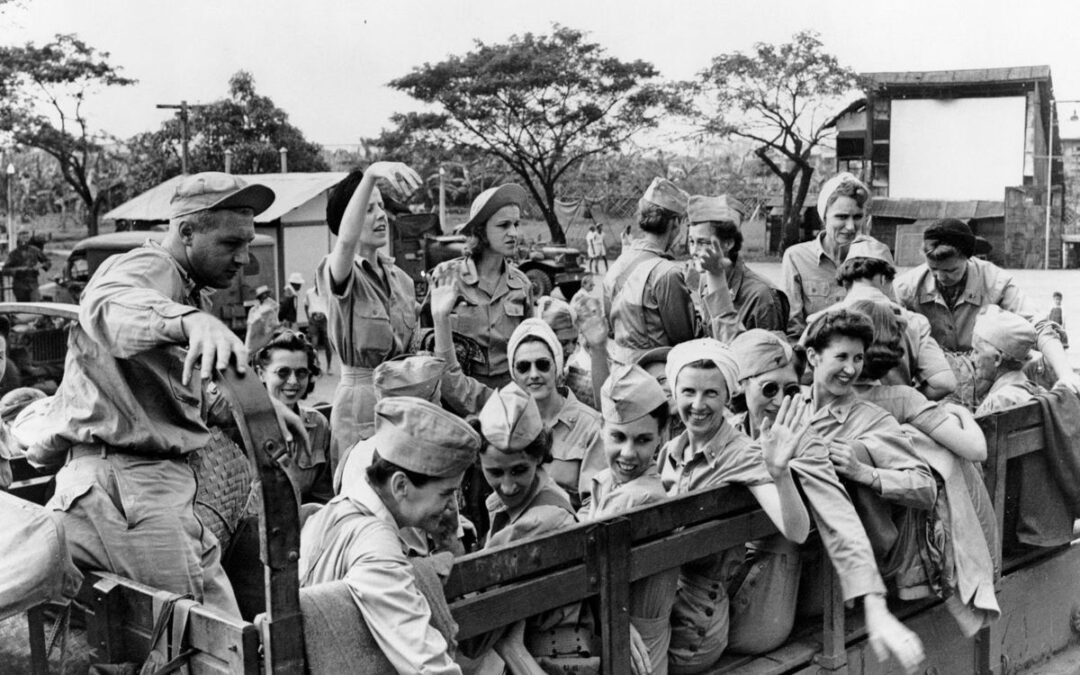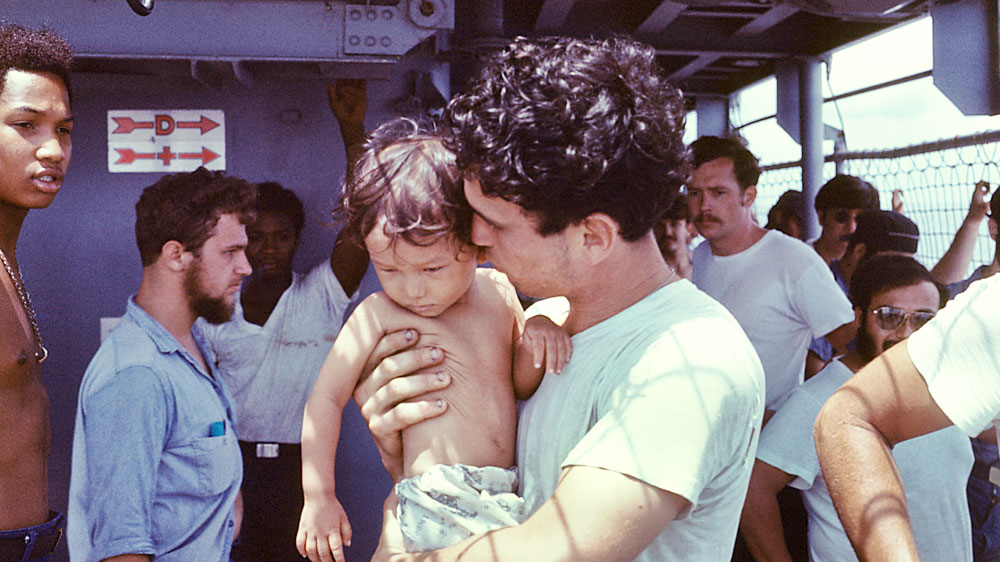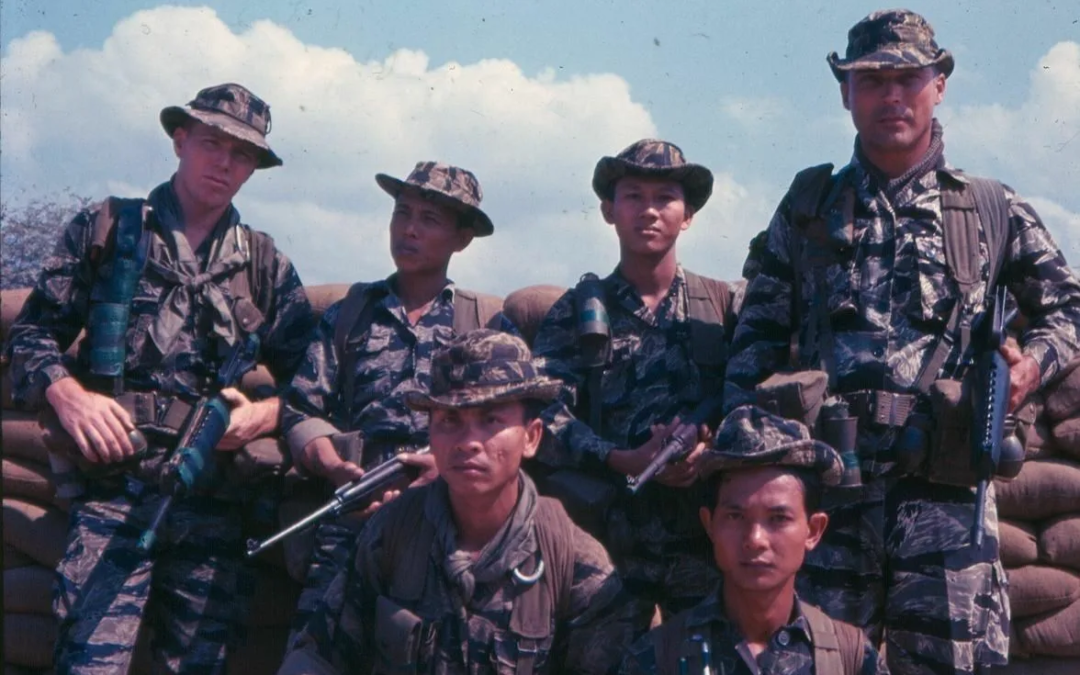"There was only one man on the ground that day that would have turned down a ride out of that hellhole - and that man was Pitsenbarger." - F. David Peters, C Co, 2nd Btn, 16th Inf, 1st ID 37th ARRS: A Legacy of Courage in Air Rescue Operations The Air Rescue Service (later the Aerospace Rescue and Recovery Service) first used Kaman HH-43 Huskie helicopters, unofficially known as "Pedro" from their radio call sign. They later added larger Sikorsky H-3 helicopters, nicknamed "Jolly Green Giants," with greater range. The 37th ARRS was activated initially during the Korean War when helicopters were first used for medical evacuation. The Jolly Green most notably served during the Vietnam War, during which, in addition to their helicopters, they also flew the Grumman HU-16 Albatross amphibious flying boat and the HC-130 specialized variant of the Hercules transport. They carried out numerous search and rescue operations in combat areas, including the evacuations of Phnom Penh and Saigon...
